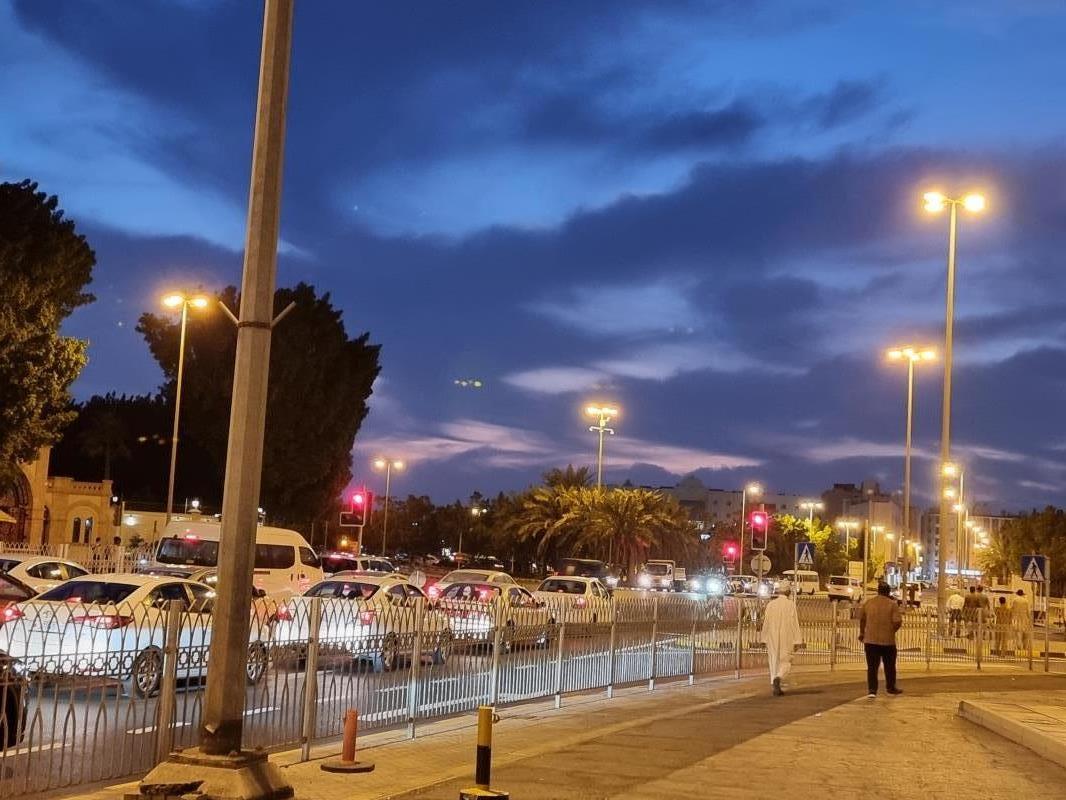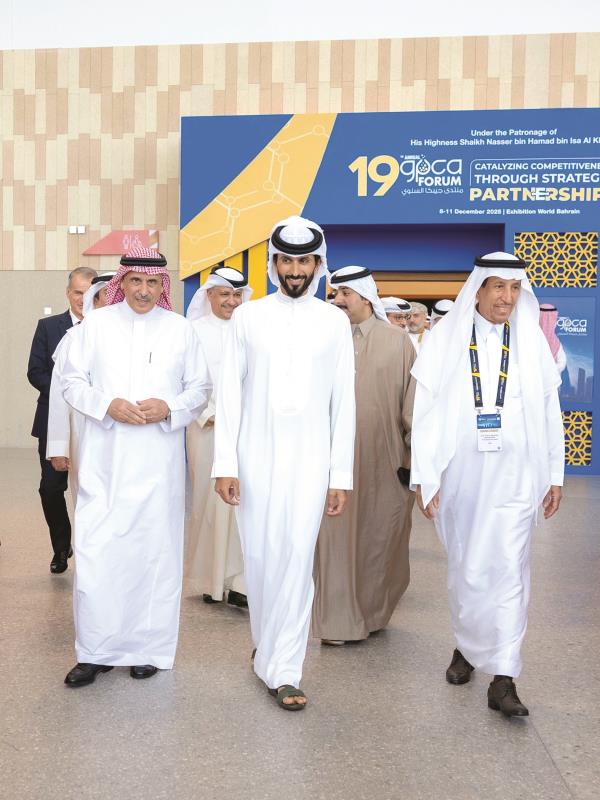The Collins Park Rotunda across from the Bass Museum in Miami Beach is rumbling with the engines of a Norwegian marine research vessel. It’s a few days before the opening of Art Basel, and sound artist Jana Winderen has transformed a circular concrete space into an undersea soundscape that will play throughout the fair. She’s hunched on a beanbag in the dark, testing a 22-channel ambisonic speaker system, and it feels like the building might launch from the moat that surrounds it.
“The ship should shake you,” Winderen says, monitoring volume levels on a screen. “That’s when the beanbags vibrate.” Winderen and Tony Myatt—the designer of the sound system and Winderen’s collaborator and friend of 10 years—have so far spent most of their stay in Miami happily deprived of light, inside the Rotunda with their eyes closed and ears attuned to hydrophone recordings featured in “The Art of Listening: Under Water,” an eco-sound installation commissioned for Art Basel by the Swiss watchmaker Audemars Piguet. They’re playing me samples, and I request the sound of the toadfish, a local favorite. Myatt suggests “the back end of the humpback whale, going into the sea.” On cue, the room surges and a 30-ton mammal takes us under.
In past collaborations with mutual friend and storied field-recordist Chris Watson, Myatt has used ambisonic sound to evoke the spatial acoustics of elephant communications undetectable to the human ear and celloistic whale calls reflecting off underwater cliffs. Winderen, who grew up on a farm in Norway, is equally concerned with representing smaller, more invisible marine species who refuse to go quietly against the intrusion of anthropogenic noise pollution in the seas.
Fish relate to their bubbly, diverse environs through sound and an acute sense of vibration that is key to their survival. Obtaining food, not becoming food, perpetuating their populations, and so on. Noises from ocean-going vessels—which ecologists call “insults”—can disrupt fishes’ delicate navigation systems, which are centered in a stone otolith behind their inner ears as well as tiny hairs that serve as motion sensors. “Fish may be using sound to orient toward each other,” Winderen said. “They need to understand the space they are in, the area where they are traveling, and they may be informing each other about their place. It’s some sort of collective listening.”
Marine life has “a visceral sense of sound and consequence,” according to Hear Where We Are: Sound, Ecology and Sense of Placeby Michael Stocker, a marine biologist who once designed arena sound systems for the ’70s rock band ELO and funk astronaut George Clinton. Winderen, who packed a copy of Stocker’s book for Florida, has been amplifying and clarifying marine life through installations and musical releases created from field recordings made in locations far and wide, among them the Barents Sea between Norway and Russia and waterways around Thailand, Belize, the Dominican Republic, and, now, Miami. All are bound by an alarming commonality: human impact and disregard. “Everything I do is recordings from places I’ve actually been,” Winderen said. “It’s not for the sounds’ sake—it’s for the places and the issues. We have colonized the planet with our sounds. I don’t like to talk about nature as something ‘other’ than us. I’d rather talk about it as the environment. We are all part of it.”

The Miami installation also includes local recordings from a field trip out to Key Biscayne, past the Fowey Rocks Lighthouse. “We could see all these massive yachts,” Winderen said of the Florida waterways. “They are not quiet. It’s so out of balance. The environment here—there’s not enough coral. There are too many stress factors.”
Related to Winderen’s “Silencing of the Reefs,” an ongoing project engaged in diagnostic listening with a mind for the acoustic health of coral, “The Art of Listening: Under Water” comes at a time when Miami is facing mounting issues related to climate crisis and local urgencies from which a massive art fair might seem disconnected. “With Art Basel, I am a bit back and forth about how I actually place myself in this,” Winderen said. “If I start with melting-ice and raising-wave sounds, this would mean something different for an audience in Miami than in Norway. But there will be audiences from all over visiting an art marketplace, with different thoughts in their heads.”



















































































